Gluten free breakfasts are no longer limited to granola or oatmeal, luckily, many cereals are now available as gluten free varieties of our favorite childhood breakfasts! For those who are gluten free; cereals also make handy snacks as well as being used as alternatives in gluten free cooking.
In this article we look at some of what you should consider when choosing a gluten free cereal and we also review a range of cereals suitable for kids of all ages! So, if you are bored of your usual breakfast offerings or have been recently diagnosed with celiac disease or a gluten sensitivity, or even just want to reduce the amount of gluten in your daily diet then read on to discover some of the best gluten free cereals currently out there.Quick Comparison: Top 10 Best Gluten Free Cereal
1. Nature’s Path Golden Turmeric Cereal
The certified gluten free Nature’s Path Golden Turmeric cereal is a flake cereal made with corn meal, yellow corn flour, quinoa and amaranth that is flavored with coconut flakes, vanilla and cardamom along with the spices turmeric, cinnamon, ginger and black pepper.
This is a distinctive flavored cereal with hints of sweetness and sharpness that will also stay crispy when you add milk. This cereal is also USDA organic, Non-GMO Project Verified and certified as kosher. This is available as a six pack of 10.6 oz boxes and the odd buyer considers that the flavor of this can be a little on the sweeter side and although the box advertises that cereal will turn the milk golden, the turmeric appears to make little difference to the milk color.
Pros
Cons
2. Rice Chex Gluten-Free Cereal
The Rice Chex is a cereal made from wholegrain rice and is available in a range of flavors, including the original gluten free. This 12 oz box of cereal is fortified and contains vitamins A, Bs and D3.
It is free from any high fructose corn syrup (HFCS), artificial colors, flavors or preservatives and as well as being certified gluten free, it is also kosher. This cereal is more prone to breaking up in the box than other gluten free cereals and the odd buyer considers that the original gluten free can lack taste.Pros
Cons
3. Kay’s Naturals Protein Breakfast Cereal Honey Almond
Available in 1.2 oz or 9 oz packs, Kay’s Naturals Protein Breakfast Cereal Honey Almond is certified gluten free as well as kosher. This cereal is higher-protein cereal, containing 12 grams of protein per serving along with 4 grams of fiber.
It also contains less than 3 grams of sugar, although the serving size on this cereal is a smaller 1.2 oz serving. It does contain soy, although it is a non-GMO soy. Some buyers have been disappointed with the taste of this and it does soften very quickly when you add milk to it.
Pros
Cons
4. Nature’s Path Mesa Sunrise Cereal
Made with organic corn, buckwheat, quinoa, amaranth and flax seeds, the Nature’s Path Mesa Sunrise is a crunchy flake cereal certified as gluten free. It is also certified USDA organic and Non-GMO Project Verified, as well as being kosher and vegan.
A rich source of omega 3s, a serving of this contains 4 grams of fiber as well as 4 grams of protein. This cereal is naturally sweetened with organic evaporated cane juice. The odd buyer is not as keen on the taste of this and the expiration dates seem to be shorter than other gluten free cereals.
Pros
Cons
5. Bob’s Red Mill Gluten Free Muesli Cereal
The European-style Bob’s Red Mill Gluten Free Muesli contains wholegrains, seeds, nuts and dried fruits and can be eaten hot or cold. Certified as gluten free, the oats for this muesli are grown in oat-only fields and it is been manufactured in a dedicated gluten free facility. It is also batch tested for gluten and is dairy free and certified kosher.
Available as 16 oz or 25 lbs., a bowl of this muesli will provide 3 grams of protein and 4 grams of fiber. The label also offers some ideas for recipes. Some buyers have found this lacks in taste, especially compared to other styles of muesli and some have been disappointed that the rice crisps in this muesli get too soft when the muesli is heated for a hot breakfast.
Pros
Cons
6. Three Sisters Barbara's Puffins Multigrain Cereal
Certified as gluten free and Non-GMO Project Verified, Barbara’s Puffins multigrain cereal is made from corn, rice and oats. Also vegan and kosher, a serving of this pillow cereal has 6 grams of sugar, 8 grams of wholegrains and 3 grams of fiber. It is also a source of vitamins C and D and iron.
Some buyers have not been keen on the flavor of this compared to other Puffin gluten free cereal flavors and there is a risk of them being stale if consumed near to the use by date.Pros
Cons
7. Nature’s Path Whole O’s Cereal
The blend of wholegrain rice and corn in Nature’s Path Whole O’s cereal is sweetened with pomegranate juice. Coming as six 10.6 oz boxes, this cereal is certified as gluten free and does not contain any artificial flavors, colors or preservatives. These O’s are also certified USDA organic and Non-GMO Project Verified.
Some buyers consider these lack flavor and do not make the best pantry substitute for those who enjoy the bestselling O’s. The corn flavor can also overpower the oats in the bowl, and these will not soften much when the milk is added.Pros
Cons
8. Frosted Cheerios Gluten Free Cereal by General Mills Cereal
The 19.5 oz family pack of Frosted Cheerios (gluten free) do not contain any artificial colors or flavors and are also certified kosher. These are wholegrain Cheerios which contain 9 grams of sugar per serving, which can be more than some higher sugar cereals.
Although these Cheerios are marketed as gluten free and they are made with wholegrain oats, they may not be suitable for celiac disease sufferers as they are not currently certified as gluten free by a third party.Pros
Cons
9. Annie’s Organic Cinnabunnies Cereal
The 10 oz pack of Annie’s organic Cinnabunnies are certified USDA organic and gluten free. This cinnamon cereal is made with sorghum flour and white rice flour. It is certified USDA organic, Non-GMO Project Verified and kosher. Made with wholegrains, it does not contain any high fructose corn syrup, artificial flavors, colors or preservatives.
The odd buyer is not as keen on the taste of this cereal and considers it could be better if the sugar content was reduced.Pros
Cons
10. Nature’s Path Envirokids Frosted Amazon Flakes Cereal
The Nature’s Path Envirokids Frosted Amazon Flakes are lightly frosted flakes that will keep their crunch when milk is added. Made from gluten free corn meal and free from any artificial preservatives, additives or colors, these are just flavored with organic evaporated cane juice and sea salt.
Certified as gluten free, these are also Non-GMO Project Verified, USDA organic and are certified kosher. Coming as a six count of 11.5 oz boxes, 1% of the sales of this cereal is donated to endangered animal conservation as the manufacturer is a 1% For The Planet member. Some buyers would prefer that these were fortified flakes and as a bulk buy, this may not suit all buyers.
Pros
Cons

Things to Consider Before Buying Gluten Free Cereal
Gluten is the name given to a protein family found in a number of grains such as wheat and grain-based products such as malt vinegars, food colorings and beers. The name gluten refers to the ‘gluey’ consistence that gluten forms and the two main types of protein in gluten are glutenin and gliadin. It is the gliadin that tends to cause the most problems for health and well-being.
One of the main problems caused to health by gluten is celiac disease. Estimates suggest around 1 in 100 people live with celiac disease across the globe, with 2.5 million Americans being undiagnosed and at risk of long term poorer health.
When those who suffer celiac disease eat gluten, their body initiates an immune response which attacks the small intestine; damaging the lining cells of the small intestine and preventing the nutrients from food being absorbed properly. It is also a hereditary condition and those with a close relative with celiac disease have a 10% chance of developing it also.
Typical symptoms can include abdominal pain and bloating, headaches, fatigue, nausea, constipation or diarrhea and symptoms can appear within a few hours of consuming gluten.
Celiac disease which is not treated or managed can lead to other auto-immune disorders such as type 1 diabetes, conditions such as osteoporosis and even neurological conditions such as migraines or epilepsy.
As many as 18 million Americans may have gluten sensitivity or non-celiac gluten sensitivity and although the symptoms may be similar to celiac disease, tests for celiac disease have come back as being negative. Gluten sensitivity may cause some, although minimal damage to the small intestine, but this is able to recede when a gluten-free diet is consumed.
A wheat allergy is an allergy to a protein in wheat and this protein may not be gluten. Like any allergy, this can be life threatening and those with wheat allergy should not consume any gluten free cereals that contain gluten free wheat, or indeed, any cereals that may have come into contact during processing with wheat.
Choosing Gluten Free Cereals
Many cereals are made with wheat-based ingredients or contain gluten, so for those with celiac disease, or a gluten sensitivity, these must be avoided.
Cereals made from corn or other grains that are naturally free from gluten can often contain additives such as malt extract or flavorings which contain gluten. These cereals may also be grown in the vicinity of gluten-containing cereals or be stored or processed in facilities which also process wheat. This increases the risk of gluten cross-contamination.
However, some certified gluten free cereals are processed in facilities which also process soy or tree nuts, so if you do have other allergies or sensitivities, you should always check the cereal packaging carefully to ensure you will not come into contact with any of your other allergens.
More people are also choosing to exclude gluten from their diets due to concerns about how regularly consuming gluten may affect the body. For some people, even without any diagnosed sensitivity, gluten can also contribute to bloating and reducing gluten also minimizes the bloating.
There are also some concerns that gluten may increase intestinal permeability (or ‘leaky gut’), which can cause more food sensitivities and allergies. Although, it does appear at the moment, there are no clear links between gluten and leaky gut in those who do not have a gluten sensitivity or irritable bowel syndrome (IBS).
Popular grains used in gluten free cereals include corn and oats; which as wholegrains are also a good source of fiber. Coconut, almond and the nutty flavor of amaranth or quinoa are also popular in gluten free cereals.
Brown rice does offer more nutritional value than white rice, however, white rice does have a little more natural flavor which can make it attractive in cereals – especially those aimed at younger family members. If gluten free cereals are made with refined gluten free flours or starches then these can be nutritionally poorer, a fact which is sometimes addressed by the manufacturer fortifying the cereal.
Some of the issues that arise when choosing gluten free cereal can be its lack of taste. For some gluten free shoppers this can be an advantage though, as gluten free cereal is also ideal for those other uses such as in some baked goods, for granola bars, coated chicken or even as a substitute for breadcrumbs in meatloaf.
The taste of more neutral cereals can often be improved with the addition of a little natural sweetener, yogurt or fresh/dried fruit, nuts or seeds. A little cocoa powder can also add some flavor to gluten free granolas. For those who prefer a cereal which can double as dry snacks, then flavor considerations do become more important. Cereals which may contain some added natural sugars or other flavors such as cinnamon helps create a cereal which is more enjoyable as an occasional snack.
Unlike many regular cereals, not all gluten free cereals are fortified, so the lack of vitamins, minerals and iron needs balancing out with the rest of the day’s meals. As with other cereals, gluten free cereals can sometimes be very high in sugar which can be a problem for many of us, especially when the sugars are refined sugars such as high fructose corn syrup (HFCS), dextrose or sucrose.
It is worth noting that gluten free cereals certified organic and/or GMO free are often sweetened with natural sugars or may not contain any sugars at all.
Gluten free cereals usually cost more than the gluten-containing counterparts which can also be a consideration when choosing a cereal. Bulk buys can be a good way to help keep some of the extra costs down.
The Labelling of Gluten Free Cereals
The FDA states that a product labeled as gluten free must contain less than 20 ppm (parts per million) of gluten. Some manufacturers of cereals and other gluten free products actually choose to third party test their product to an even lower level than this. Manufacturers websites often provide full details about how they test the products for gluten free certification and may even publish batch test results.
Cereals that are labelled as gluten free and carry a third party accreditation such as GIG’s Gluten-Free Certification Organization (GFCO) are usually considered as being suitable for those who require a gluten free diet as the gluten content will be less than 20 ppm.
Packaged foods regulated by the FDA are labeled as part of the FALCPA (Food Allergen Labeling and Consumer Protection Act) and for these foods to be labeled as ‘no gluten’, ‘without gluten’ or ‘gluten free’ means that the manufacturers are complying with the FDAs requirements of less than 20 ppm of gluten. Food products which are regulated by the USDA rather than the FDA do not have to follow FALCPA regulations, although many manufacturers do so on a voluntary basis. If a manufacturer does follow FALCPA, then the food packaging will usually say something similar to: ‘this USDA regulated product complies with FALCPA’.
If a cereal has been made with gluten free wheat, then the cereal can be labeled with the following: ‘The wheat has been processed to allow this food to meet the Food and Drug Administration (FDA) requirements for gluten-free foods’.
Conclusion
We trust that you have enjoyed this article on gluten free cereals. We have considered what to look for when choosing a gluten free cereal; not least what different types of gluten free labeling actually mean and just why those with celiac disease or a gluten sensitivity must avoid gluten in their diet.
As with regular cereals, there is now an extensive range of gluten free cereals available, meaning that whatever your breakfast preferences are, you should be able to find the right one for your tastes and lifestyle. We hope that you have found our reviews of the best gluten free cereals interesting and you can now choose a cereal that can well and truly wake up your breakfast bowl!
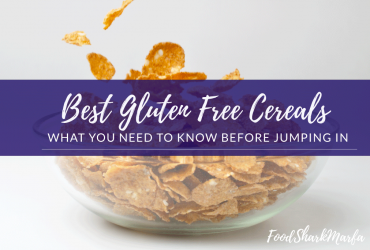
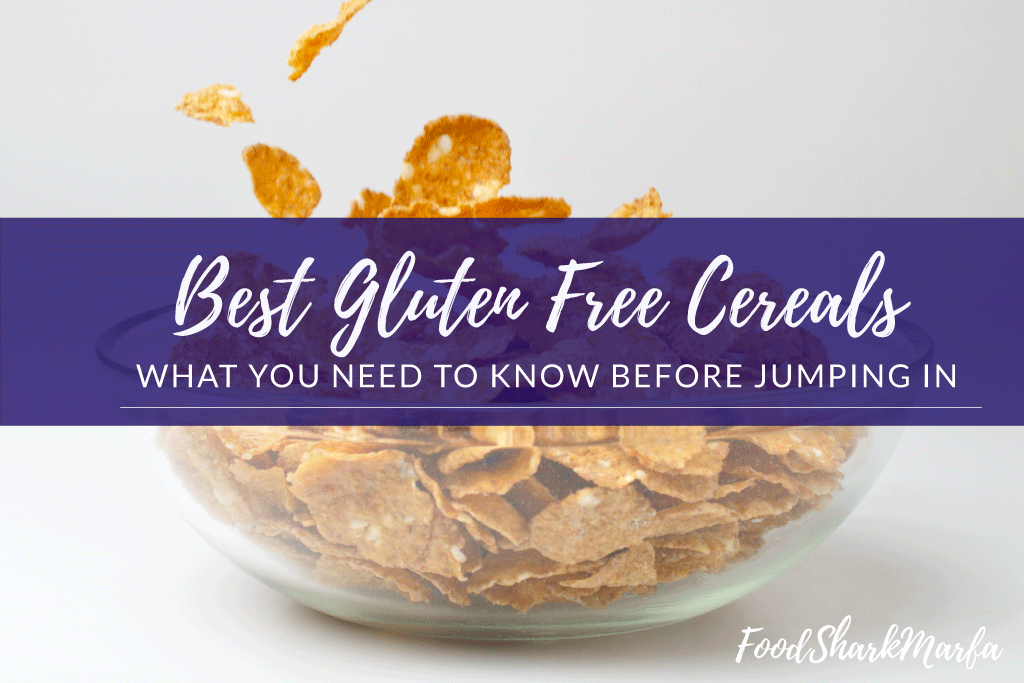
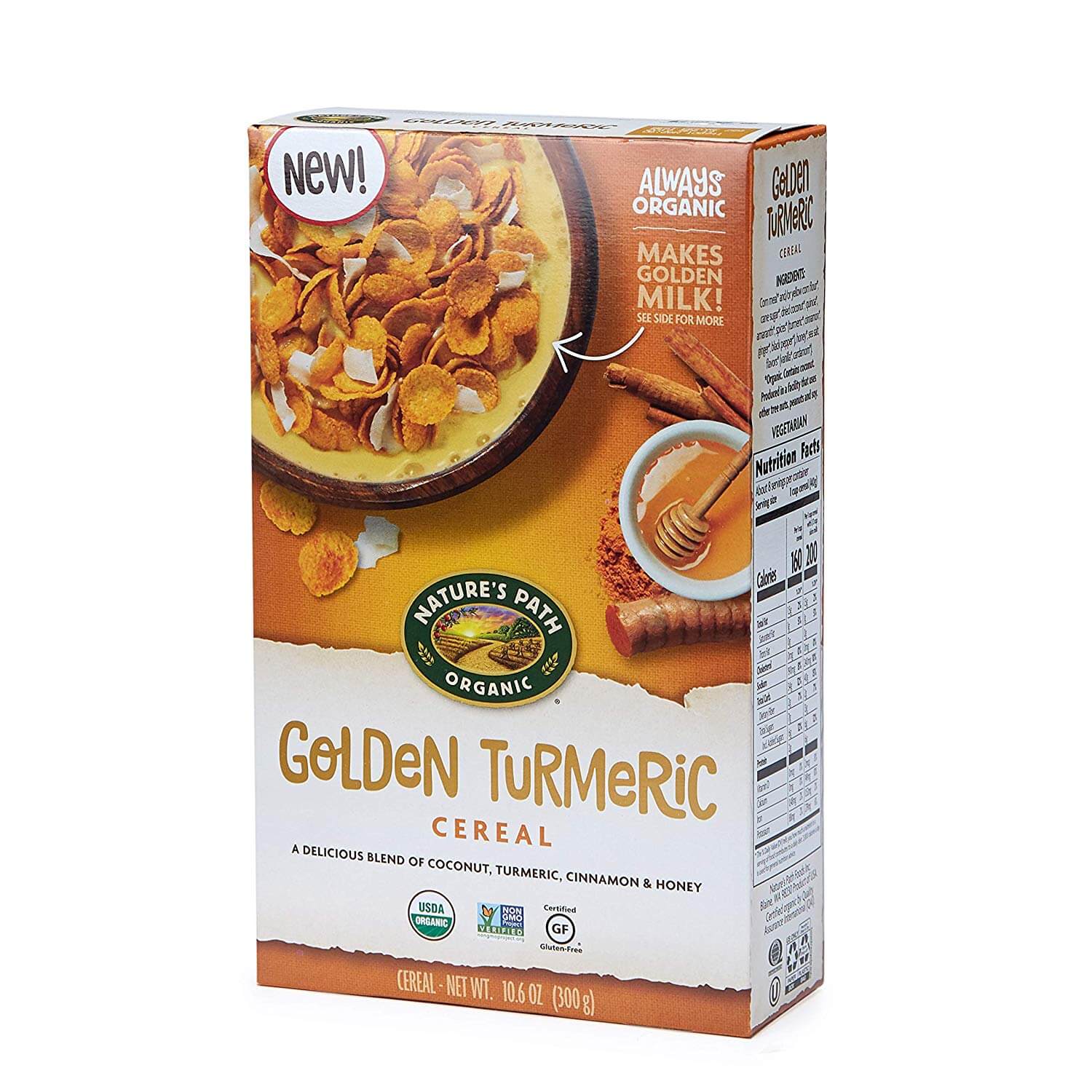
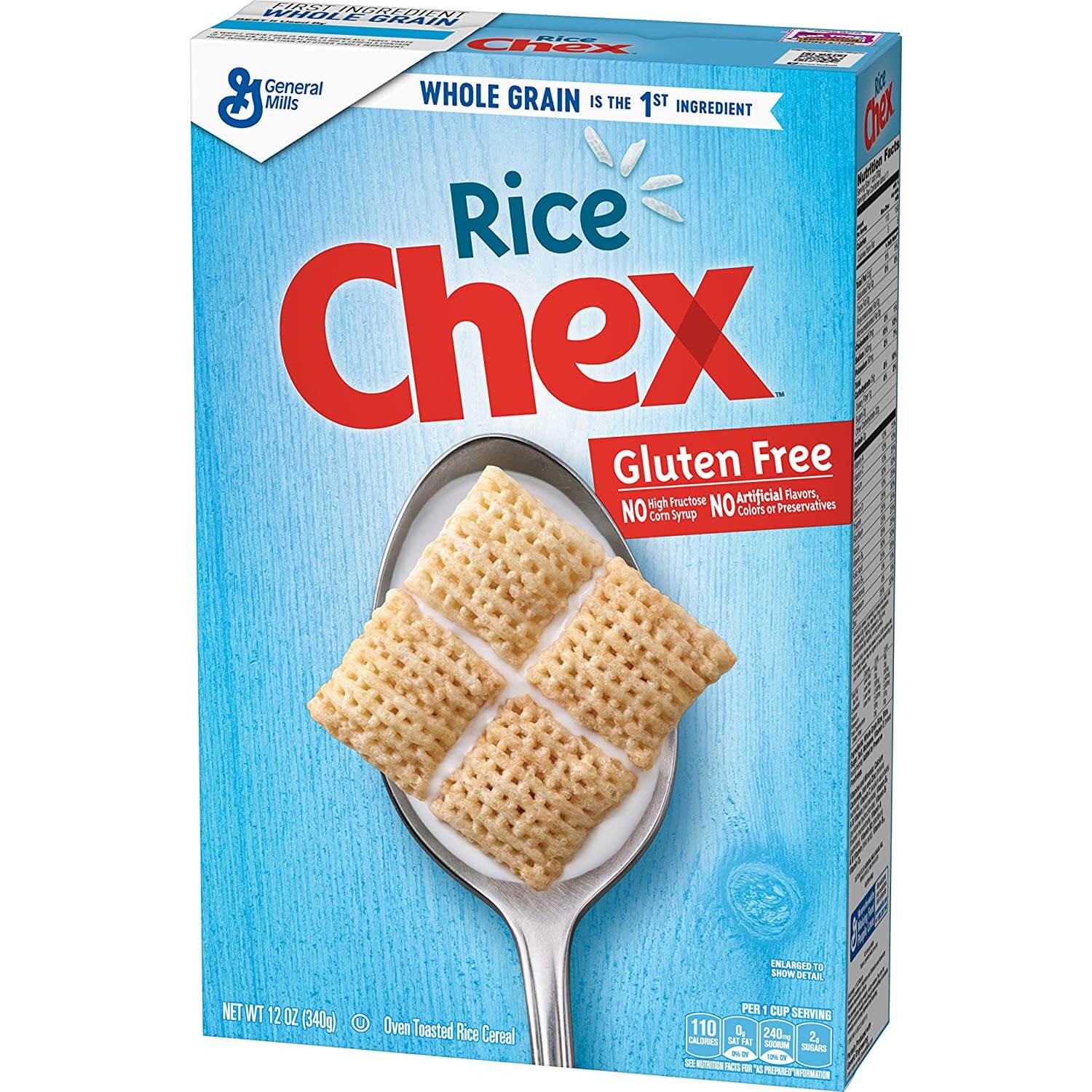
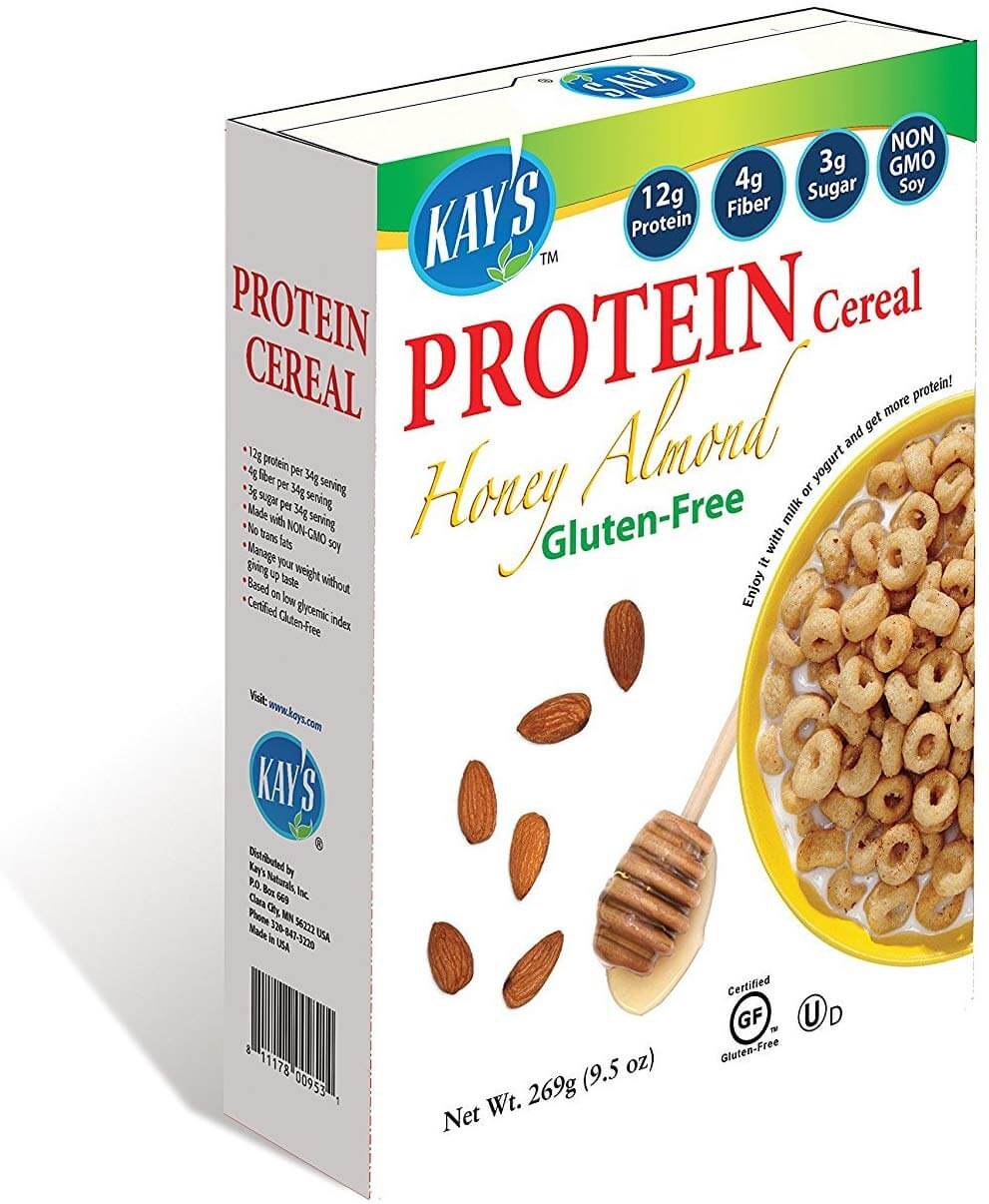
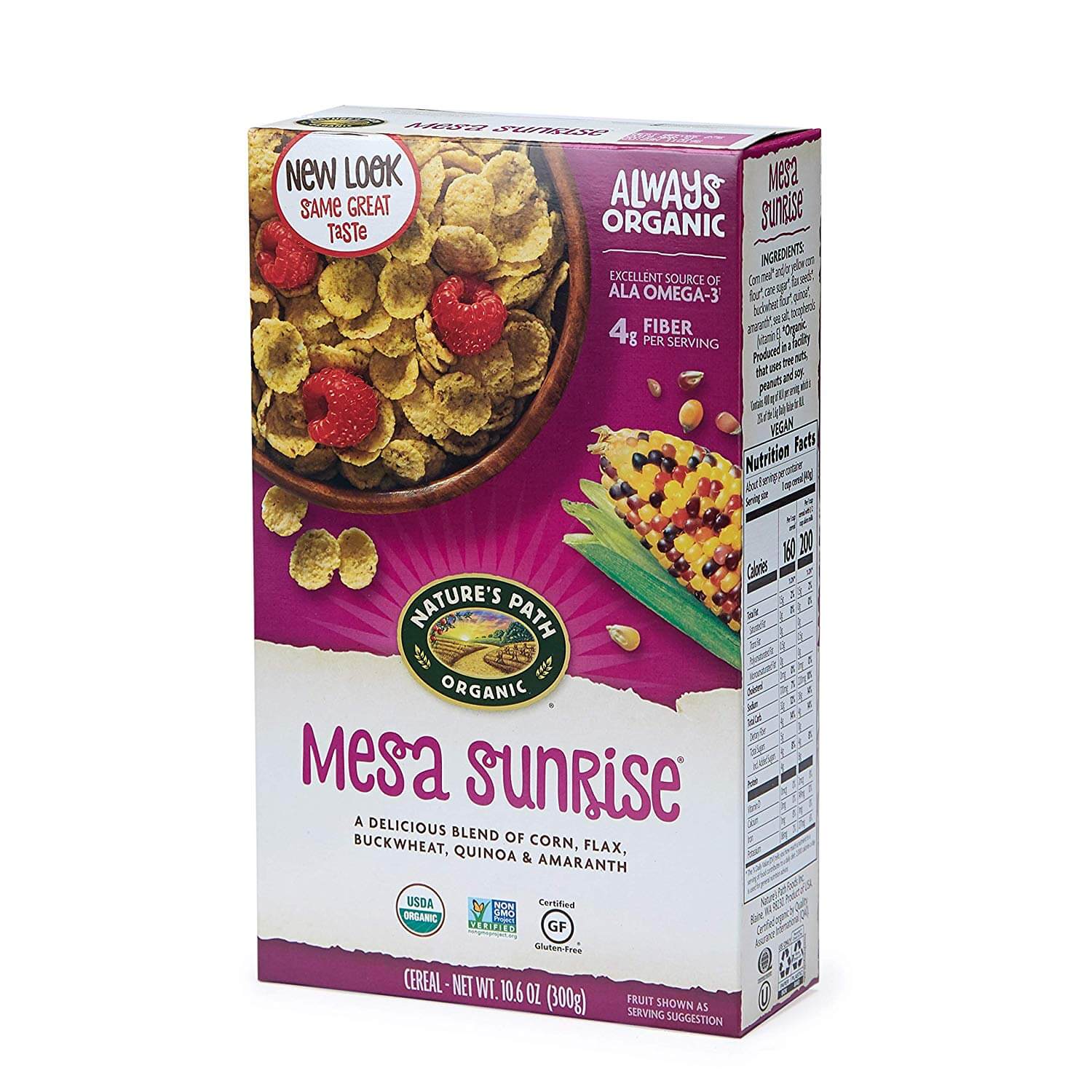
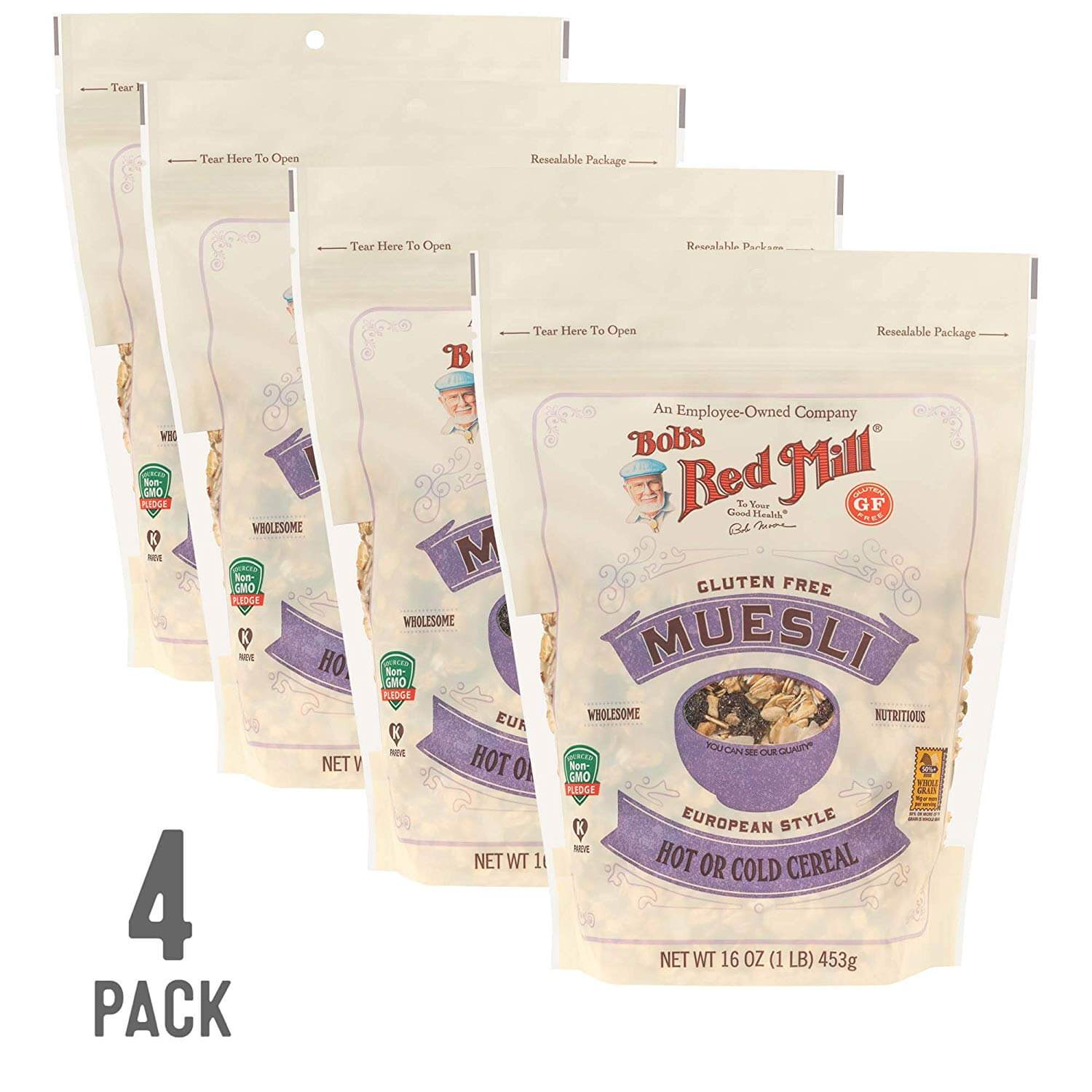
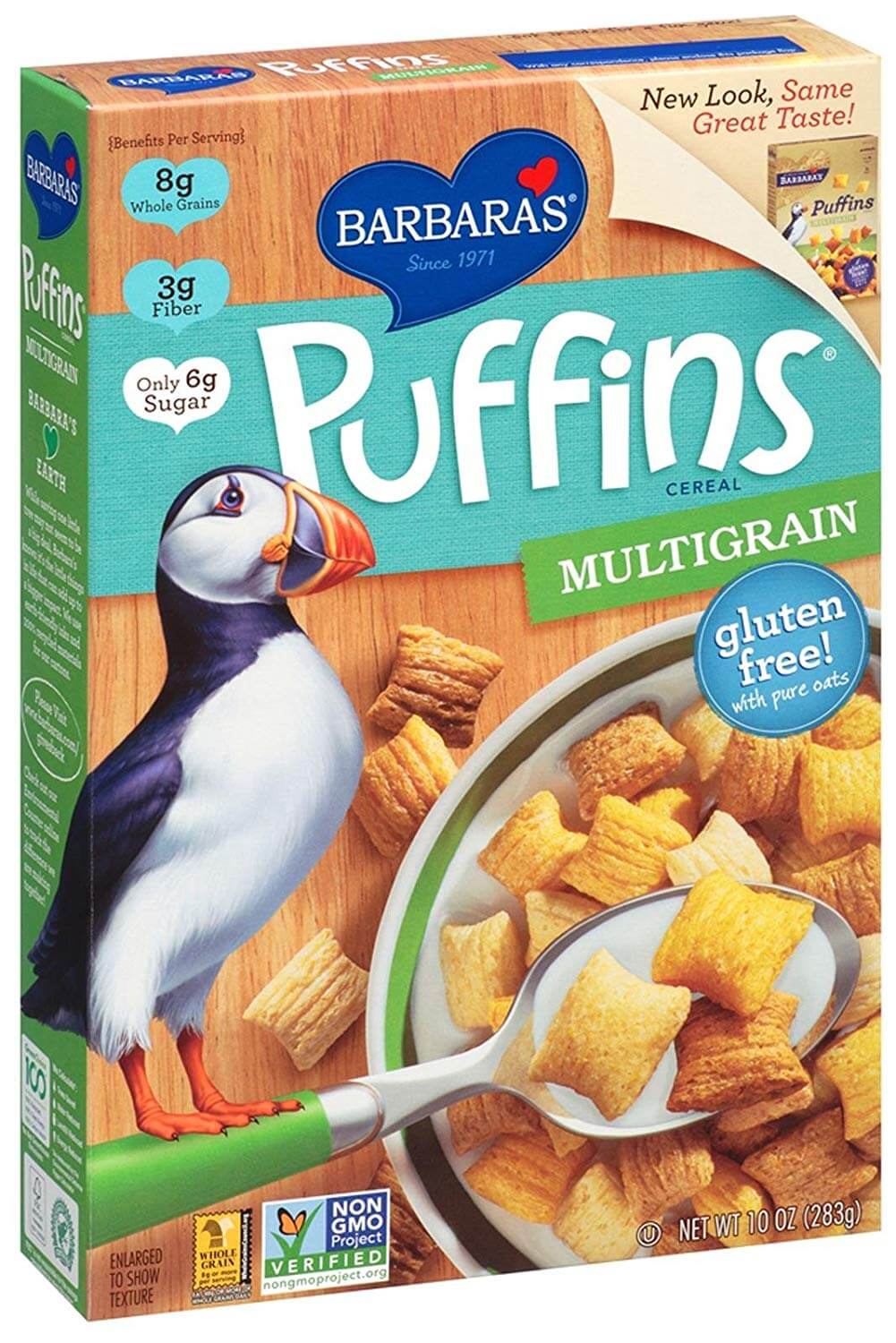
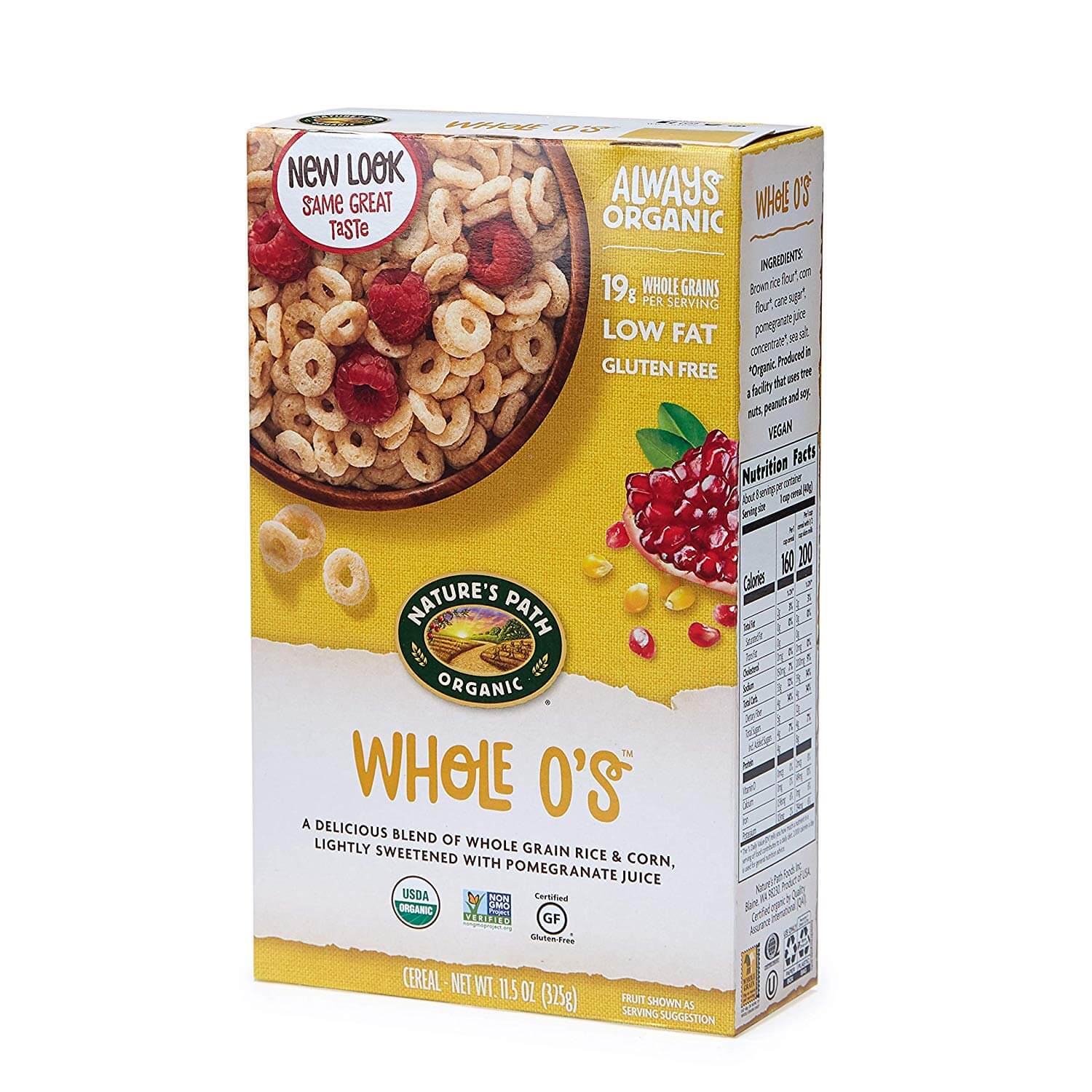
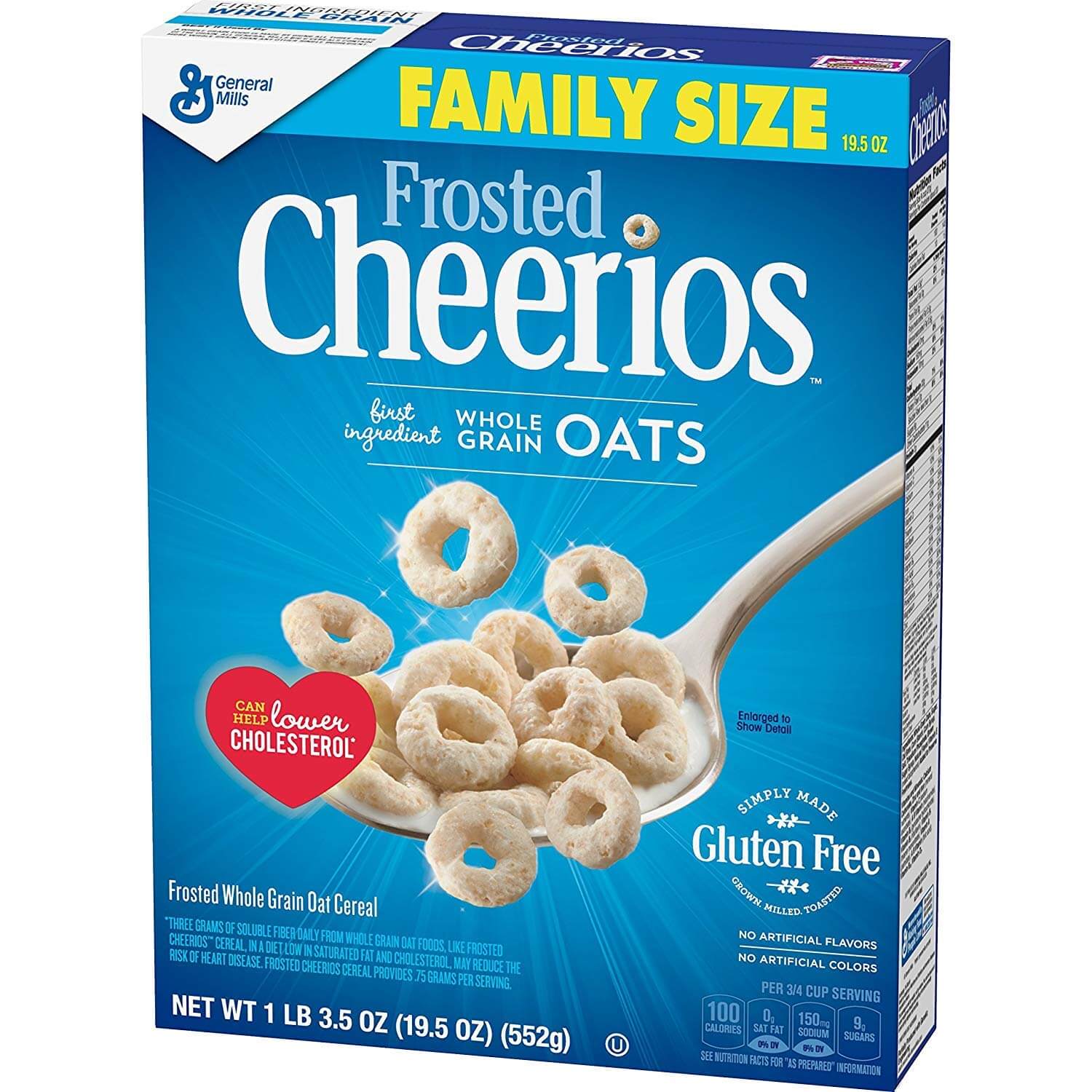
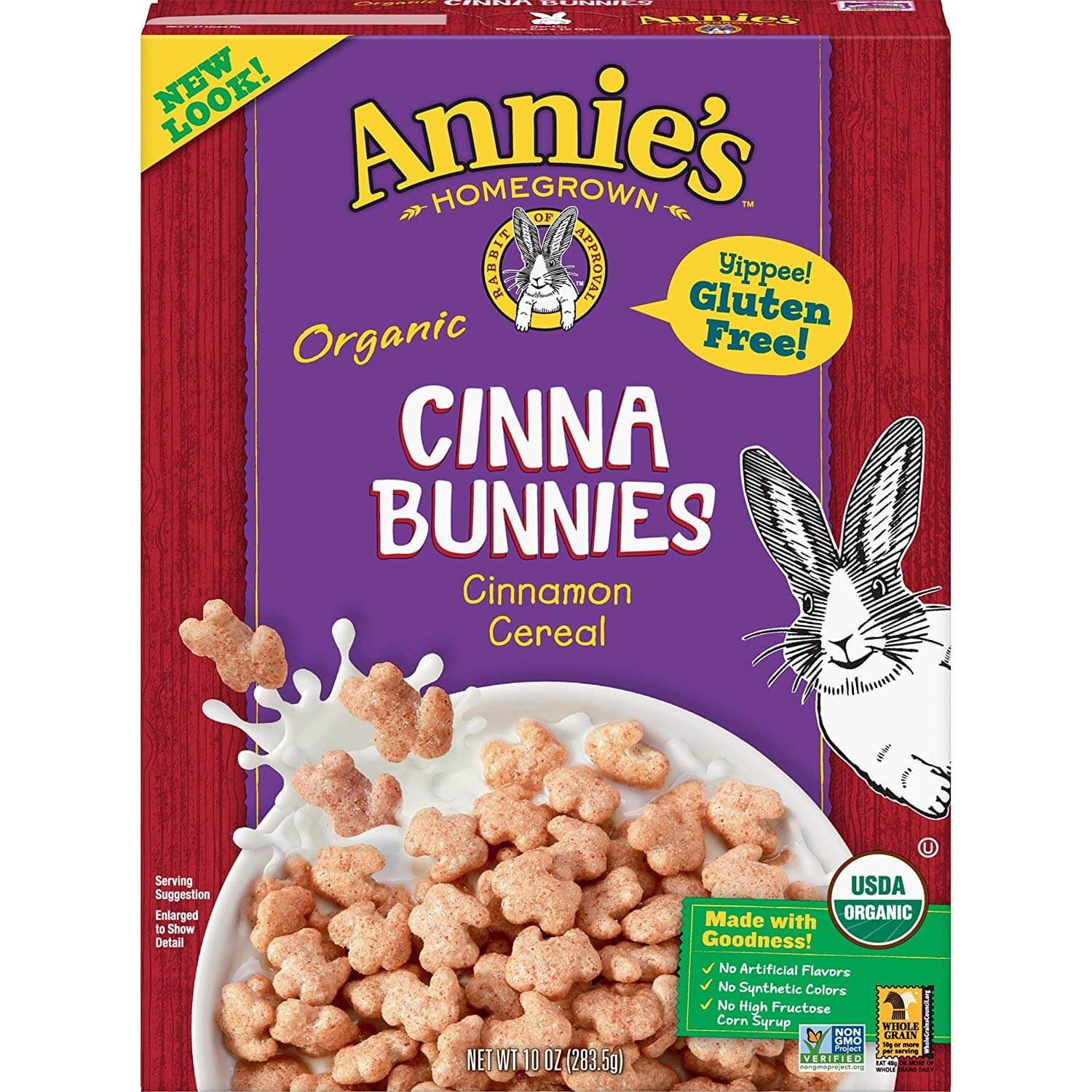
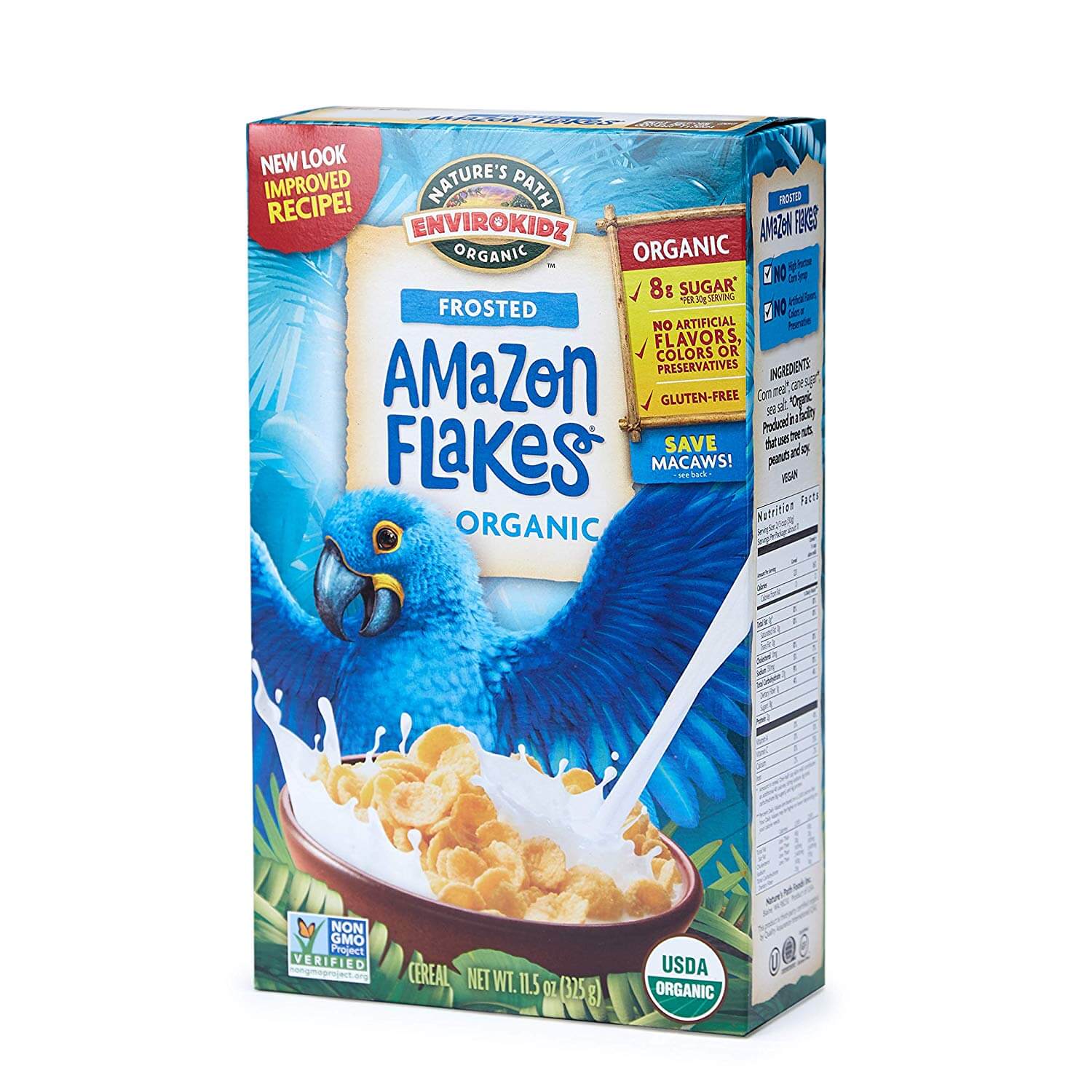

Related Posts
The 10 Best Kitchen Tongs in 2023
The 10 Best Avocado Oils for Cooking in 2023
The 18 Best Fruit Infuser Water Bottles in 2023